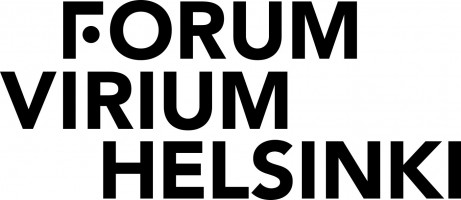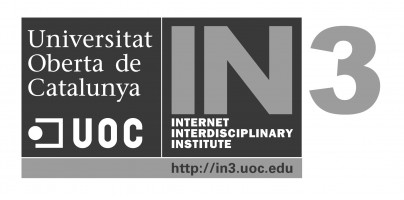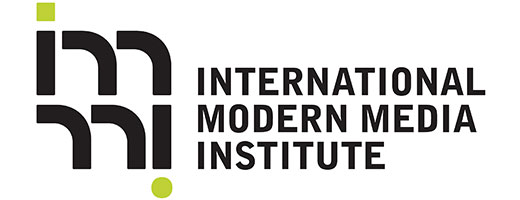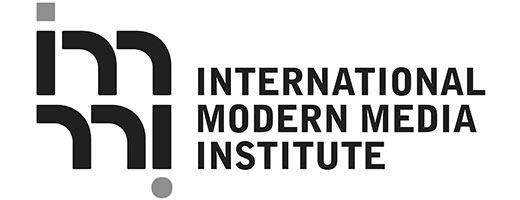Writer: Geoff Mulgan, Chief Executive at Nesta. The original article was published in the Nesta website.
I’ve written quite a few blogs and pieces on digital technology and democracy – most recently on the relevance of new-style political parties. [1]
Here I look at the practical question of how parliaments, assemblies and governments should choose the right methods for greater public engagement in decisions.
One prompt is the Nesta-led D-CENT project which is testing out new tools in several countries [2], and there’s an extraordinary range of engagement experiments underway around the world, from Brazil’s parliament to the Mayor of Paris. Tools like Loomio for smallish groups, and Your Priorities and DemocracyOS for larger ones, are well ahead of their equivalents a few years ago. [3]

A crucial question is whether the same tools work well for different types of issue or context. The short answer is ‘no’. Here I suggest some simple formulae to ensure that the right tools are used for the right issues; I show why hybrid forms of online and offline are the future for parliaments and parties; and why the new tools emphasise conversation rather than only votes.
Clarity on purpose
First, it’s important to be clear what wider engagement is for. Engagement is rarely a good in itself. More passionate engagement in issues can be a powerful force for progress. But it can be the opposite, entrenching conflicts and generating heat rather than light. The goals of engagement can include some or all of the following: legitimation, or public trust; better quality decisions and outcomes; or a public which better understands the key issues and choices. These goals can often coincide. But there will be many times when they directly clash with each other.
A related question is how direct democratic engagement relates to representative democracy. Sometimes these align – when a political leader or party creates new forums to complement the paraphernalia of elections and manifestos. But sometimes they conflict – with Iceland’s attempt to involve the public in writing a new constitution an important recent test case (the new constitution was drafted by a broad based commission with online inputs from the public, and endorsed by public referendum, but then rejected by a newly elected parliament). One lesson is that it’s wise to involve elected politicians as directly as possible – since they continue to hold ultimate authority.
Clarity on who you want to reach
Second, who do you want to reach? Even in the most developed nations and cities there are still very practical barriers of reach – despite the huge spread of broadband, mobiles and smart phones. Recent experience suggests that engagements which only use digital tools rather than print, radio, TV and face to face, can get very skewed inputs. That’s fine for some kinds of engagement – 1% involvement can greatly improve the quality of decisions. But it’s vital to keep checking that the participant groups aren’t unrepresentative. Even very tech savvy cities like New York and Los Angeles have repeatedly found that participants in purely digital consultations are much more male, young, well-educated, affluent and metropolitan than the population as a whole.
Clarity on what tools for what issues – navigating ‘Belief and Knowledge Space’
Third, even if there were strong habits of digital engagement for the whole population it would not follow that all issues should be opened up for the maximum direct participation. A useful approach is to distinguish issues according to two dimensions.
The first dimension differentiates issues where the public has expertise and experience from ones where the knowledge needed to make decisions is very specialised. There are many issues on which crowds simply don’t have much information let alone wisdom, and any political leader who opened up decision making too far would quickly lose the confidence of the public.
The second dimension differentiates issues which are practical and pragmatic from ones where there are strongly held and polarised opinions, mainly determined by underlying moral beliefs rather than argument and evidence. Putting these together gives us a two dimensional space on which to map any public policy issue, which could be described as the ‘Belief and Knowledge Space’.
Public engagement, and the use of digital tools to widen engagement, is possible on all points. But different types of issue need very different tools, depending on how open or closed public views are likely to be, and how inclusive or exclusive the knowledge needed for participation is.
For example, an issue on which there is widely shared knowledge but strongly contested values (like gay marriage) requires different methods to one which is both more technical in nature and dependent on highly specialised knowledge (like monetary policy). A contested issue – in the top left quadrant – will bring in highly motivated groups who are very unlikely to change their views as a result of participation. New fora for debate give added oxygen to pre-existing views rather than encouraging deliberation.
With very specialised issues, by contrast, wide participation in debate may risk encouraging unwise decisions – which will subsequently be rejected by voters (how much would you want the details of monetary policy, or responses to a threatened epidemic, to be determined by your fellow citizens?). So in this, bottom right, quadrant some of the most useful tools are ones which mobilise broader bodies of expertise than the ones immediately accessible to government, but try to filter out inputs based on opinion rather than knowledge or experience.
Another interesting category, however, falls roughly in the middle to top right of the table above. These are issues involving scientific choices that include ethics, some highly specialised knowledge, but also significant public interest. For issues of this kind, open public deliberation may be important both to educate the public and to legitimise decisions. Stem cell research, genomics, privacy and personal data are all issues of this kind. The issues surrounding mitochondrial research are a good recent example.
But the formats need to involve smaller groups in more intensive deliberation and engagement with the facts, before the process is opened up. The challenge then is how to use these exercises to influence a wider public, which in most cases must involve mass media as well as the internet.
I’m sure there are other issues and dimensions to consider and would welcome suggestions on improvements to the model I’ve set out here.
Clarity on requisite scale
Fourth, engagement looks and feels very different at different scales. A small city like Reykjavik can run a fantastic online tool for citizens to propose ideas and comment. There’s a directness and authenticity about the points made. At the other end of the spectrum a nation of 300 million like the US, or 1300 million like India, is bound to struggle with online engagement, since well-funded lobby groups are likely to be much more adept at playing the system. More systematic rules; more governance of governance; and a bigger role for intermediaries and representatives is unavoidable on these larger scales. Democracy isn’t fractal – instead it’s a phenomenon, like much biology, where larger scale requires different forms, not just a scaled up version of what works in a town or neighbourhood.
Clarity on identity and anonymity
Modern democracy allows people a secret ballot (though we sometimes forget that this is a relatively recent idea, sometimes attributed to the Australians, though I think France got there first). But we usually make votes in parliaments visible. The modern internet allows for anonymity which has fuelled some its worst features – abuse, extreme views etc. So any designer of democratic engagement tools has to decide what levels of anonymity should apply at each stage. We might choose to allow anonymity at early stages of consultations, but require people to show and validate identities at later stages (eg. to confirm they actually live in the neighbourhood or city involved), certainly as any issue comes closer to decisions. The diagram below summarises these different steps, and the block chain tools being used in the D-CENT pilots bring these issues to the fore.
The 2010s are turning out to be a golden age of democratic innovation. That’s bringing creativity and excitement but also challenges, in particular around how to relate the new forms to the old ones, online communities to offline ones, the democracy of voice and numbers and the democracy of formal representation.
Crowds can help with many tasks. But they are particularly badly suited to the job of designing new institutions, or crafting radical strategies, or combining discrete policies into coherent programmes. This still tends to be the preserve of quite small groups, in intense face to face conversation.
As a result my guess is that the most successful models in the next few years will fuse representative and direct elements. They will be honest that the buck still stops with elected representatives – and that the online tools are inputs and supplements rather than replacements. They will present conversation and deliberation as preferable to relying on occasional elections, and the odd binary petition. But they will also be clear that the 21st century parliament or city council has to be a hybrid too – physical and digital.
[1] The Demos Quarterly on lean democracy brought some of these together nearly 20 years ago (downloadable via demos.co.uk)
[2] See the tools being deployed in Spain and Finland http://preprograma.barcelonaencomu.cat/ and YourPriority https://www.betrireykjavik.is/
[3] A useful overview from Beth Noveck and Arnaud Sahuguet http://www.governing.com/columns/smart-mgmt/col-participatory-democracy-emerging-tools.html






















